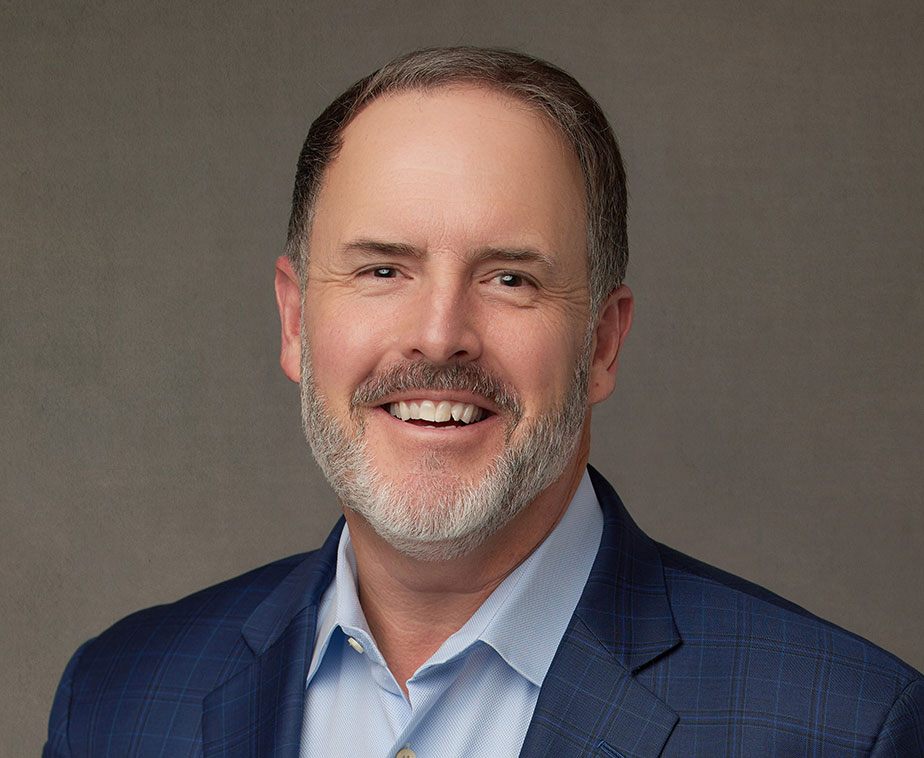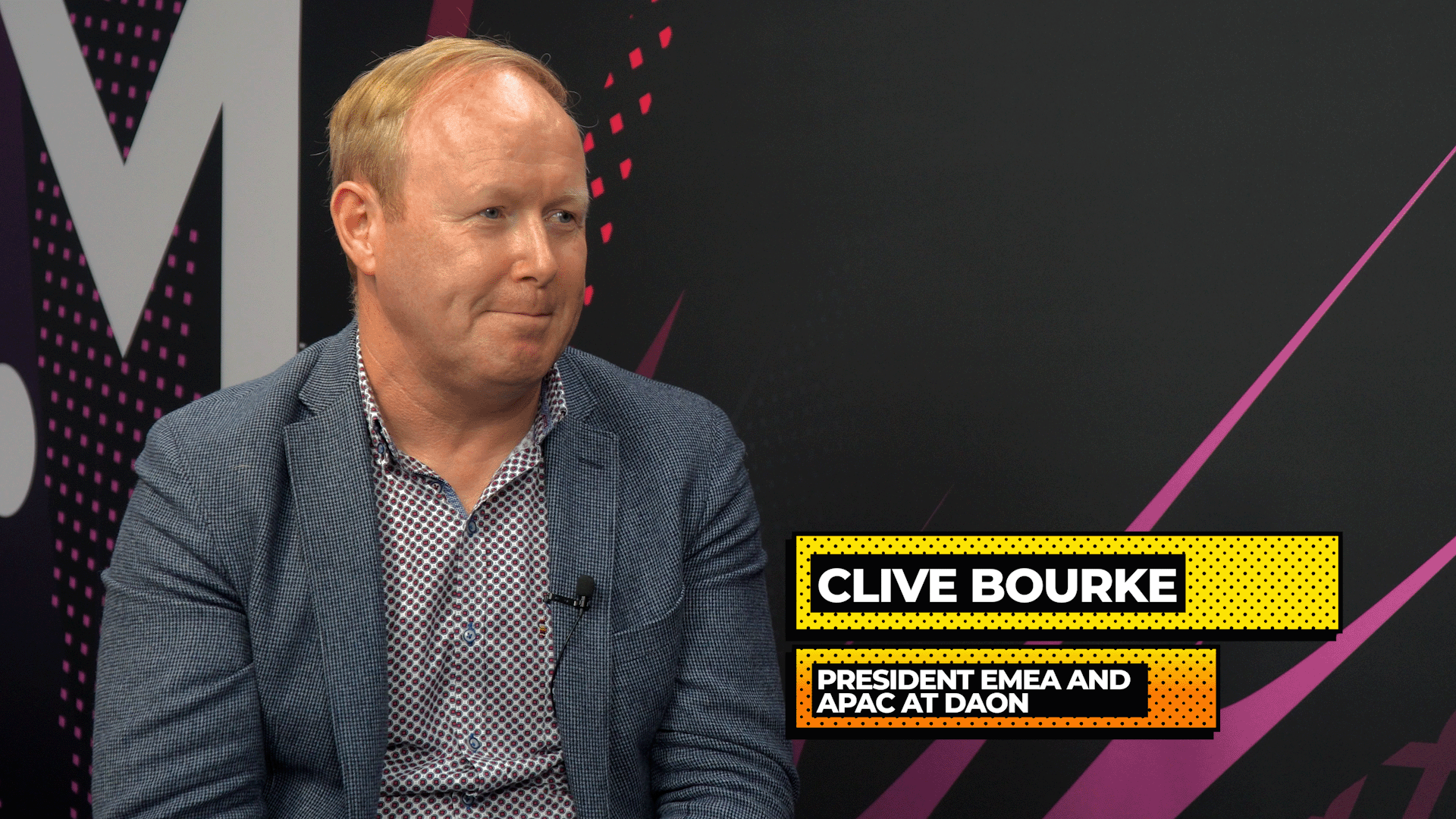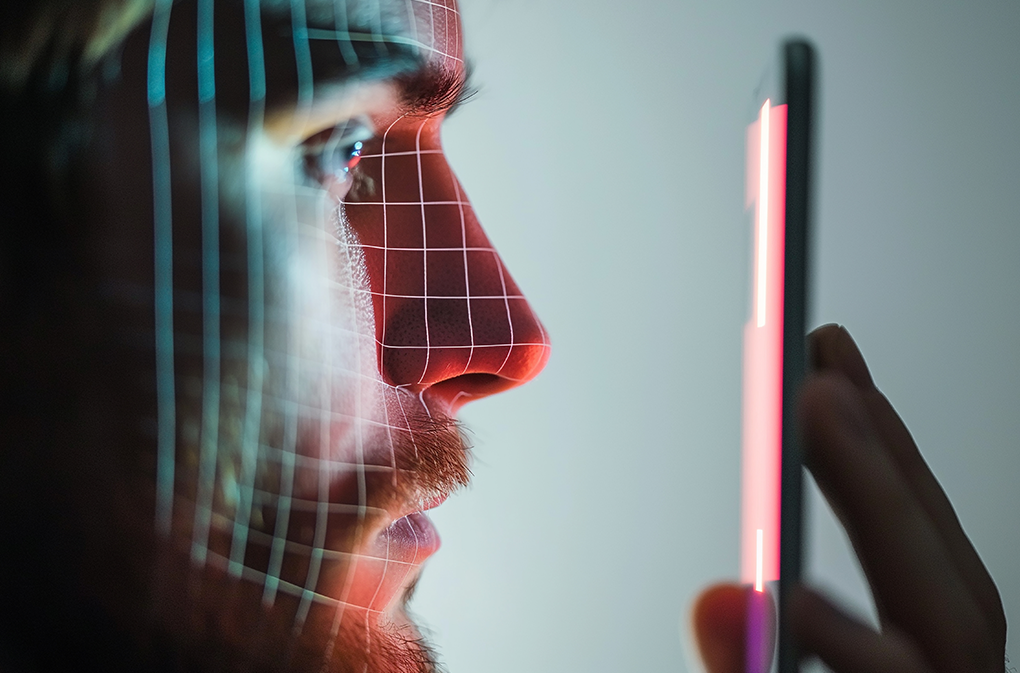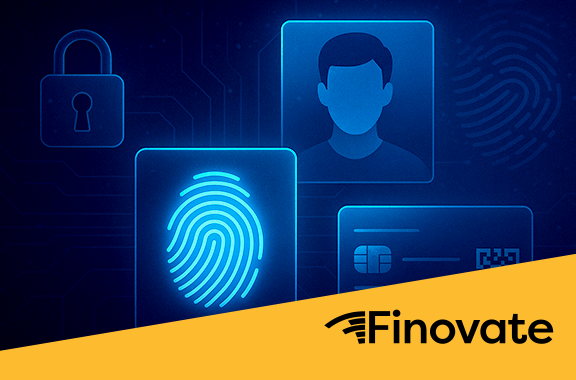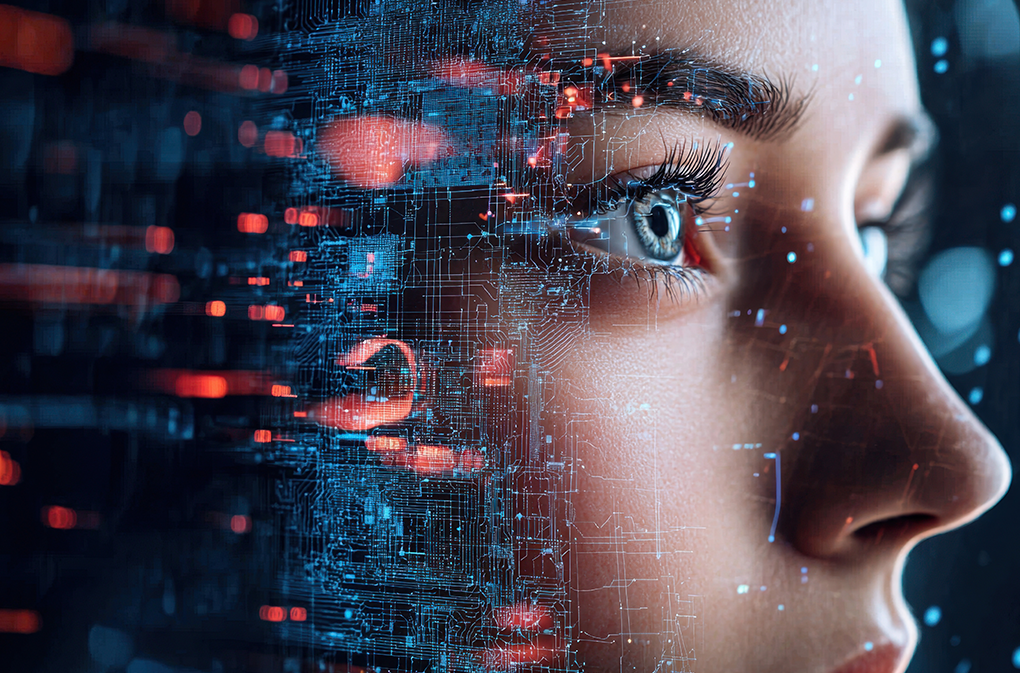Facts About Fintech, Biometrics and Banking, & Supporting Financial Inclusion
Recent years have brought a significant increase in digital banking and fintech applications, which allow consumers to create and access their financial accounts through mobile and online platforms. According to Bankrate, the use of mobile banking as users’ primary method of account access increased from 15.1% of consumers in 2017 to 48% in 2023. Plaid reports that U.S. consumers managing their finances with technology jumped from 58% in 2020 to 80% in 2022, “meaning more people use fintech products than social media.” In the EU, online banking penetration reached 66% in 2022.
This rise in banking and in using financial services via technology rather than through traditional methods and brick-and-mortar branches has powered a new era of inclusion for consumers around the world. Technology removes barriers that have kept consumers from participating in the mainstream financial system.
It overcomes the challenges of living in areas where a physical bank may be miles or hours away, enables choices – since a consumer isn’t confined to doing business with a local bank – and can reduce the cost of banking with digital-native platforms and processes. Fintech has enabled millions of people around the world who were previously unbanked to open accounts.
The latest Global Findex report from the World Bank, published in 2021, showed that the share of adults worldwide with a financial account rose from 51% to 76% from the first Global Findex in 2011. It further revealed that account ownership in LICs and MICs (low-income and middle-income countries, respectively) had risen by 30 percentage points to 71%.
The World Economic Forum found that one in six people globally are living with disabilities and that households with PLWD (persons living with disabilities) are three times as likely to be unbanked as those without household members living with disabilities. “Fintech provides convenience, financial records, and safety. It can provide personalized financial services with assistive technology to people with disabilities, helping them to overcome barriers to inclusion,” wrote the Forum.
Fintech is not just allowing more people to take advantage of standard banking services, though – it’s also enabling new services that can simplify both personal and business finances. For example, in Brazil, the PIX instant payment service allows hundreds of millions of people to easily make – and small merchants to receive – payments without a fee to the consumer.
Or consider the Acorns app, which helps novice investors get into the market by encouraging them to round up a purchase to the nearest dollar amount and invest the difference (their “spare change”), building their account as their contributions and results add up. A third fintech service type, peer-to-peer lending, connects individuals and businesses looking to borrow money directly with investors, who may have less stringent eligibility requirements than traditional institutions and be more willing to fund people who have lower credit scores.
Wider and more convenient access to all kinds of financial services and bank apps that use biometrics enables better lives for every person across the globe. This access fosters financial inclusion, which allows consumers and citizens to be treated with respect as they start or grow their own businesses, avoid being turned away from businesses that refuse to take cash, save against a rainy day or for a bright future, and to create a better life for their family and community.
The Challenge of Protecting Digital Accounts
Just as technology enables innovative financial services, it also increases the challenge of protecting account holders from criminals who would like to steal their identities and their money. Fraudsters are constantly innovating and taking advantage of technological advances to find new ways to steal and profit from data.
Whether it’s a 200-year-old bank with a mobile app or a new, digital-native fintech, all the players in the financial industry are subject to regulations like Know Your Customer (KYC), anti-money laundering (AML), and local rules based on where their customers live and where their organization conducts business.
There’s also the matter of trust. If someone has never had a bank account before, they may be more suspicious than someone who’s had a bank account for their entire adult life. But no matter who the customer is, it’s critical that they believe the financial firm is doing everything it can to protect them. At the same time, much of the appeal of digital banking services is convenience; consumers want the highest fintech security to keep fraudsters out while maintaining quick, seamless access to their accounts.
Passwords and PINs are the least secure form of authentication. No matter how many upper case letters, numbers, and special characters they contain, Hive estimates that passwords of six or fewer characters can be cracked instantly and that an all-numeric PIN must have 15 characters before it takes more than one minute to crack. Increasing the character count increases security and the time it takes to crack the password, but it also increases customer frustration with the difficulty of remembering and accurately using the password.
Some financial organizations try to increase their security by using multi-factor authentication, which involves requiring customers to use more than one security factor (like a password, device, or SMS PIN) to log in – typically, a password is paired with a one-time code sent to a customer’s email or mobile phone.
Yet, in its 2023 Online Authentication Barometer, the FIDO Alliance found that “Password usage without two-factor authentication (2FA) is still dominant across use cases – consumers enter a password manually nearly 4 times a day, or 1,280 times a year.”
Passwords can pose a significant burden for PLWD. A 2023 study called “Inclusion for All: Improving Banking Practices for Customers With Disabilities,” conducted by Syracuse University and the Southeast ADA Center, found that 51% of respondents had difficulty with passwords.
An additional barrier for banking customers is literacy. UNESCO reports that 763 million adults still lack basic literacy skills, which is another reason for financial institutions to avoid passwords and offer choices to their customers when it comes to how they onboard and access their accounts and data.
Today, there’s no reason for financial firms to open themselves and their customers up to the myriad problems passwords bring – especially when a more secure and more convenient solution exists: biometric verification for bank accounts.
Enabling Secure Inclusion with Biometrics
Unlike passwords, which must be remembered, can easily be lost, and require a time-consuming reset if they are forgotten, biometrics relies on a user’s unique physical or behavioral characteristics, such as a fingerprint, facial scan, or typing speed, to identify the account holder. There’s nothing to remember or reset – and there’s nothing that can be hacked or stolen.
There are many advantages of biometrics in banking. However, for financial organizations to feel comfortable adopting biometric verification, it’s important to start by dispelling some myths around the topic.
Myth #1: There are extensive technological barriers that make it difficult for consumers to use biometrics to verify their identity.
All it takes for a consumer to authenticate themselves with biometrics and access their account is a smartphone built after 2010. These phones incorporate the necessary camera technology to implement facial recognition in banking, along with the built-in fingerprint reader button in some models.
They also provide the clarity required to authenticate using active voice biometrics, where a customer says a particular phrase, or with passive voice biometrics, which recognizes a customer’s natural cadence during a normal conversation with an agent or app bot.
Worldwide, there are 6.84 billion smartphones in use, accounting for around 85% of the global population. In sub-Saharan Africa alone, smartphone adoption is expected to reach 87% by 2030, while other regions of the world are expected to exceed 90% adoption in the same time frame.
This means that, for many financial companies, customers are already equipped to use behavioral biometrics in banking – and, over the next six years, they’ll be able to further grow their customer base among the newest smartphone users.
Myth #2: Facial recognition isn’t technically sophisticated enough to avoid bias, distinguish between people with similar features, or avoid being fooled by photos and still images.
There have been cases made and research collected about the use of facial recognition systems in other industries, such as government and law enforcement, wherein systems were cited as being unable to clearly distinguish between the faces of Black people and people of color.
The accuracy of biometric verification systems will always depend on the system’s training, and in the realm of fintech app security solutions and their uses, systems used to provide the level of security required to protect financial accounts include some of the most broadly tested data sets – systems tested with data gathered across races and ethnicities – to avoid bias as much as possible. This same level of training allows a biometrics platform to distinguish between people with similar features, including family members and siblings.
Today’s biometric authentication solutions are incredibly hard to fool, as they incorporate liveness detection. Liveness detection is a fundamental technology that enables facial recognition systems to distinguish between an actual facial scan and previously taken images, video stills, or deepfakes. Liveness detection also enables voice recognition systems to distinguish between live speech and recorded speech, known as synthetic voice.
Myth #3: Biometric verification invades consumer privacy and leaves a trail of credentials that can be stolen and used, much like passwords.
Consumers opt-in to using biometric systems to protect their accounts, and in such a highly regulated industry, financial firms are careful to ensure the information isn’t misused. The intrinsically secure nature of biometrics also guards against privacy violations.
Passwords must be saved in their entirety in a large database somewhere, and if that information is stolen, it provides everything criminals need to gain access to an account. But biometric verification works differently.
When a person signs up with a service or opens an account, whether their biometric authenticator will be a facial scan, a fingerprint, or a voiceprint, the system extracts the unique identifying points in that authenticator into a mathematical representation of the user – a biometric template. When the customer returns, their live facial scan, fingerprint, or voiceprint is compared to the stored template.
While these templates are stored in databases, even if they are stolen, they are of little use to criminals. They cannot be hacked or reverse-engineered, and simply having the template alone isn’t enough to access an account. The template must be paired with a live scan, fingerprint, or voiceprint from a legitimate customer to unlock account access.
Biometrics in banking are safer, faster, less prone to errors, and preserve privacy better than passwords and other traditional authentication methods. They also support the extension of banking and financial services to new populations, fostering social and economic inclusion for potentially billions of people.
According to Opportunity International, an organization that provides financial solutions and training to empower people living in poverty to transform their lives, their children’s futures, and their communities, “[Biometric identification] overcomes many traditional identification, banking, and account management challenges. Individuals with no reading education or those who do not have or regularly carry government-issued credentials—like a driver’s license or birth certificate—can still open, manage, and access accounts.”
Biometrics also eases access for PLWD by enabling them to choose to authenticate using the biometric factor that is most convenient and accessible, such as a facial scan for someone who is living with a voice disorder or a voiceprint for someone who is blind.
Consumers also prefer biometric verification. PYMNTS reported that 52% of consumers who use biometric verification to access their online banking account prefer it to other authentication methods. According to BizTech magazine, 72% of customers say they’re comfortable with their banks using biometrics. The FIDO Alliance found that “…biometrics is both the preferred method for consumers to log in and what they believe is the most secure.”
Modern Verification for Modern Financial Services
There are compelling reasons for banking and financial services to adopt biometric verification:
- It deters fraudsters more effectively than the legacy security methods, like passwords and PINs, that are currently in heavy use.
- It gives businesses the power to meet their ESG goals by expanding their products and services to support traditionally underserved communities and regions.
- It enables organizations to build trust with their customers by enhancing both real and perceived account security.
- It enables finservs to give customers what they want: advanced security and convenient access.
Look no further than Daon, a leading fintech company, for biometric verification solutions designed to deliver these benefits to the financial industry.




